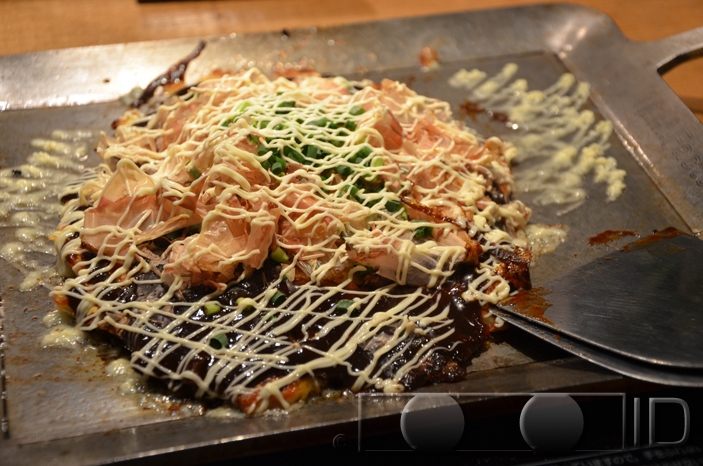Before you even finish reading this post, chances are your friends in Spain are getting ready to eat—again. See, the Spanish don’t believe in the three square meals a day traditionally enjoyed by much of humanity. Here, it’s actually more like six. But before you worry about heart attacks and blood clotting that this sort of gluttony must surely lead to, fear not—the meals are small, and people here tend to enjoy healthy lifestyles full of walking and exercise.
So without further adieu, let’s introduce you to the meals enjoyed in Spain throughout the day—a far more intricate exercise than your typical breakfast, lunch and dinner.
Timetable of Meals in Spain
8:00am: El Desayuno
A small meal typically eaten at home consisting of coffee and some bread or pastry—perhaps churros (think stick-like Spanish donut) or porras (similar to churros but slightly thicker).

El Desayuno: churros and a cup of hot chocolate (or coffee)
11:00am: Tapas
Small plates eaten between breakfast and lunch, typically at a local bar, each of which serves its own specialty. Hot or cold, the selection of tapas varies greatly by region, and even by restaurant, but some of the most common are the Tortilla Espanola (Spanish potato omelet), Patatas Bravas (potatoes with spicy tomato sauce), or Gambas al Ajillo (shrimp cooked in garlic).

A selection of tapas available in a Madrid restaurant

A close-up of a tortilla espanola…
2:00pm: La Comida
The largest and most important meal of the day, this historically consists of several courses and is enjoyed slowly, with most Spanish people taking a 2-3 hour siesta (break) from their jobs or schools between about 2:00 and 5:00 in the afternoon. This tradition is more confined to rural areas now, as most Spanish businesses today offer the standard 1-hour lunch break, which is still enough to feature a large meal with a soup, a protein, salad, dessert and a coffee.

Lunch in Madrid

A fine Valencian paella
5:30pm: La Merienda
This is a small snack between lunch and dinner, usually consisting of a piece of bread with some lunch meat or chocolate on top.

A typical Merienda
9:00pm: La Cena
Dinner for Spaniards consists of similar meals that may be enjoyed during La Comida, just in smaller quantity—perhaps two courses. Families typically eat around 9pm, but this may be much later in the summer, when it is not uncommon for people to stay up well past midnight.

Dinner selections are similar to lunch, just smaller
Midnight: Dessert
This is by no means mandatory, but it is typical for people here to enjoy a light snack prior to bed, which often consists of a churro and some hot chocolate (very similar to El Desayuno). You’ll see this sold frequently by street vendors in popular nightlife areas.
.jpg)














